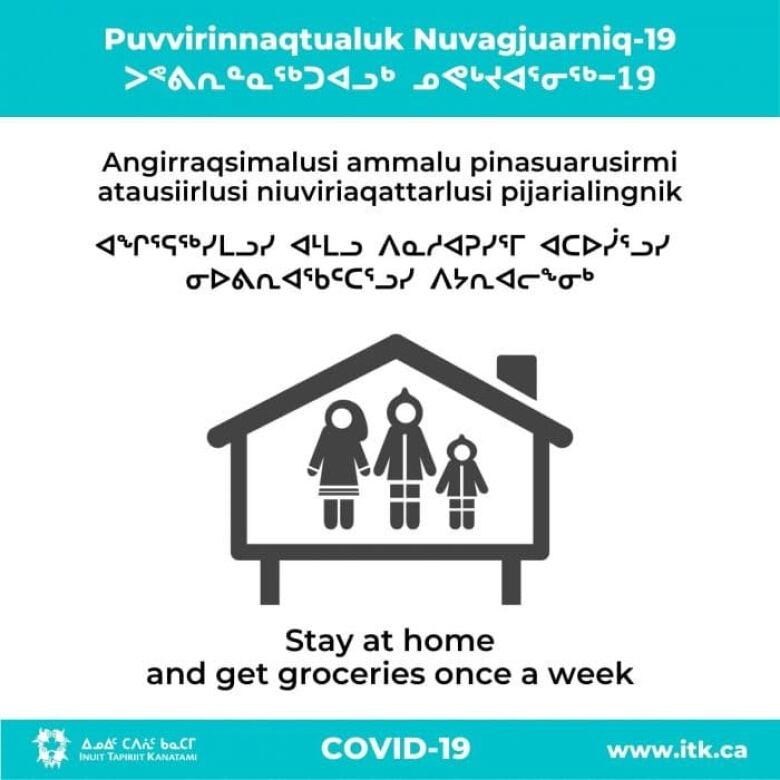OPH launches COVID-19 resource page for Indigenous people in Ottawa
Information translated into several languages, includes culturally specific references

Ottawa Public Health (OPH) has created a special set of resources including posters, videos and culturally specific guidance for Indigenous people with questions about COVID-19.
The resource page brings together information created by provincial and territorial governments, as well as materialalready assembled by Indigenous organizations in Ottawa.
"We heard from the community that the communications and services needed to be adapted," explained Dr. Vera Etches, Ottawa's medical officer of health, who added her agency did not yet have data breaking down infection rates by cultural background.
According to the 2016 census,there were 38,115 Indigenous people in Ottawa and Gatineau, making up 2.9 per centof the capital region's population.
The Inuit population in the region is officially about 1,300, already the largest outside of the North, though some organizations estimate it's at least 3,700 and possibly as large as 6,000.

2 metres is a caribou from nose to tail
The page covers such specific topics as handwashing where running water is in short supply, andhow healthy residents can assist elders who are isolating by leaving groceries outside on their porch.
Information prepared by Akausivik Inuit Family Health Team in Ottawa covers the risks of tobacco use, whether ceremonial or recreational, during COVID-19.
Some of the information comes from the Government of Nunavut, but many of the graphics were made by theInuit Tapiriit Kanatami (ITK), anOttawa-based group that represents the rights and interests of Inuit peoplein Canada.
ITK has created visual representations of what twometresof physical distancing looks like for northerners who may not use metric in their daily lives.

A caribou measured nose to tail, a snowmobile and a hockey stick stand in for a tape measure in the stylized images.
"The point was to have things that people could immediately think of as within their culture, within images and graphics in their society," said ITKpresident Natan Obed.
OPH's resources page covers grocery shopping and cooking, mental health, pregnancy and parenting, how to wear a maskand information about self-isolating.
Translated into several languages
Many of the posters and information sheets have been translated into Cree,Inuktitut, Michif,Algonquin, Mi'kmaq, Ojibwe, Oji-Cree and Stoney.
Some of Ottawa's Inuit are just passing through, short-term residentsof Larga Baffin, a103-room boarding facility for residents from the Qikiqtani region of Nunavut who need specialized medical care not available in their home communities.
Lynn Kilabuk, president of the facility,said Larga Baffin had already put in place a series of measures to make surevisitors to the south don't carry the coronavirus home, where there have been no recorded cases.

That means "country food" staples from the northern diet such as whale and seal are no longer shared communally as they normally are, but are instead prepared in single-serve portions.
With many medical visitors to Ottawa coming from Grise Fiord, Resolute Bay, Pangnirtung, Clyde River, Arctic Bayand their remote satellite communities, Kilabuk said in the early days of COVID-19, education about the prevention of transmission was needed.
Kilabuk said Larga Baffin staff had already put up COVID-19 best practices posters and stickers supplied by ITK before the OPH page was prepared.
"They were a great resource of already-translated items for us to utilize," she said of the ITK material.













_(720p).jpg)


 OFFICIAL HD MUSIC VIDEO.jpg)
.jpg)



























































































